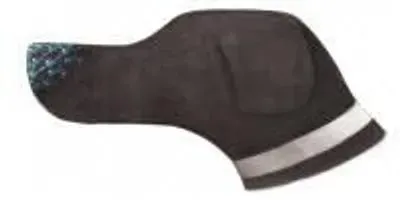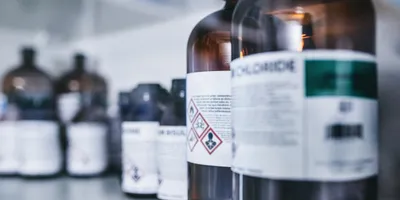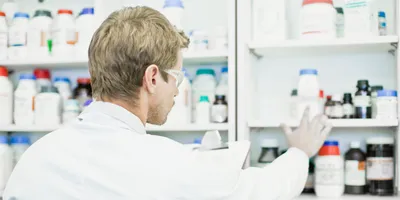 An international team of researchers led by Ivo Stassen and Rob Ameloot from KU Leuven, Belgium, have made detecting pesticides and nerve gas in very low concentrations possible.Image Courtesy of: © KU Leuven - Joris Snaet
An international team of researchers led by Ivo Stassen and Rob Ameloot from KU Leuven, Belgium, have made detecting pesticides and nerve gas in very low concentrations possible.Image Courtesy of: © KU Leuven - Joris Snaet
Detecting pesticides and nerve gas in very low concentrations. An international team of researchers led by Ivo Stassen and Rob Ameloot from KU Leuven, Belgium, have made it possible.
The best-known electronic nose is the breathalyser. As drivers breathe into the device, a chemical sensor measures the amount of alcohol in their breath. This chemical reaction is then converted into an electronic signal, allowing the police officer to read off the result. Alcohol is easy to detect, because the chemical reaction is specific and the concentration of the measured gas is fairly high. But many other gases are complex mixtures of molecules in very low concentrations. Building electronic noses to detect them is thus quite a challenge.
Researchers from KU Leuven have now built a very sensitive electronic nose with metal-organic frameworks (MOFs). "MOFs are like microscopic sponges," postdoctoral researcher Ivo Stassen explains. "They can absorb quite a lot of gas into their minuscule pores.
Related Article: Scientific Gains May Make Electronic Nose the Next Everyday Device
"We created a MOF that absorbs the phosphonates found in pesticides and nerve gases. This means you can use it to find traces of chemical weapons such as sarin or to identify the residue of pesticides on food. This MOF is the most sensitive gas sensor to date for these dangerous substances. Our measurements were conducted in cooperation with imec, the Leuven-based nanotechnology research centre. The concentrations we're dealing with are extremely low: parts per billion—a drop of water in an Olympic swimming pool—and parts per trillion."
The chemical sensor can easily be integrated into existing electronic devices, Professor Rob Ameloot adds. "You can apply the MOF as a thin film over the surface of, for instance, an electric circuit. Therefore, it's fairly easy to equip a smartphone with a gas sensor for pesticides and nerve gas."
"Further research will allow us to examine other applications as well," Professor Ameloot continues. "MOFs can measure very low concentrations, so we could use them to screen someone's breath for diseases such as lung cancer and MS in an early stage. Or we could use the signature scent of a product to find out whether food has gone bad or to distinguish imitation wine from the original. This technology, in other words, offers a wide range of perspectives."
###
This research project is funded by the Research Foundation Flanders (FWO) and is carried out in collaboration with imec research centre for nanotechnology (Leuven and Eindhoven), Ghent University, and Kiel University.
More information about KU Leuven research into MOFs is available here and in Nature Materials.










